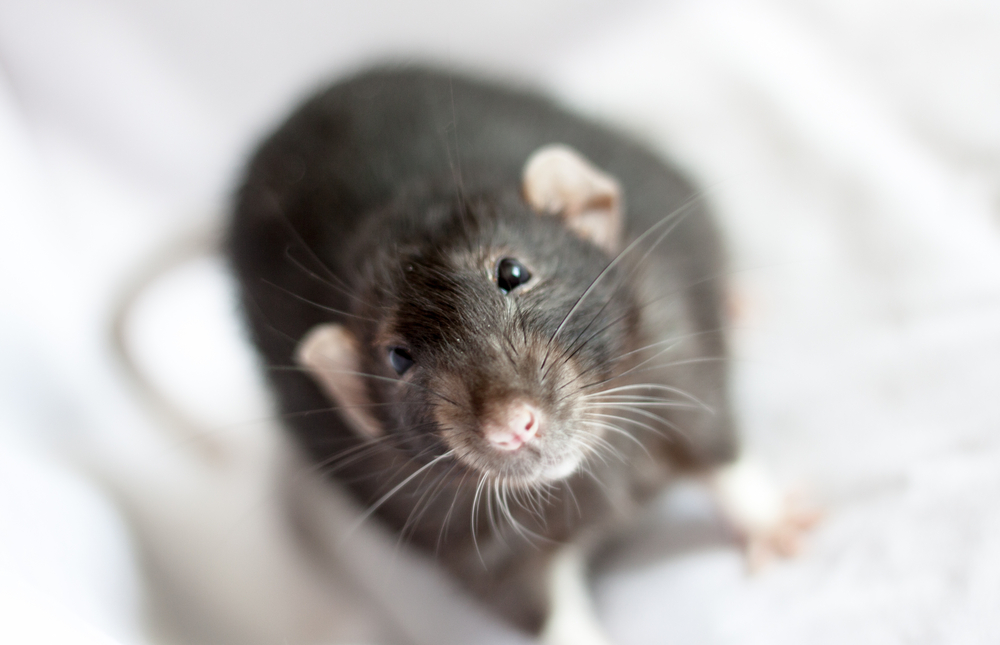Mice Lacking Ube3a Gene Display Angelman-like Heightened Sociability, Study Reports
Written by |

Deleting the Ube3a gene alters the social behavior of mice in a way that may mimic that of humans with Angelman syndrome, a study suggests.
The research, “Hypersociability in the Angelman syndrome mouse model,” appeared in the journal Experimental Neurology.
Humans inherit two copies of the Ube3a gene, one from the mother and one from the father. Only the mother’s gene is active in certain areas of the brain, however.
Scientists use mice with deletions of the mother’s Ube3a gene as a model for Angelman syndrome. The mice have several features of the human disease, including poor movement coordination, impaired learning and memory, and susceptibility to seizures triggered by sound.
“While aspects of the motor [movement] and intellectual deficits and the epilepsy observed in AS [Angelman syndrome] have been modeled in Ube3amKO mice, behavioral features reflecting the distinct social phenotypes [characteristics] have not been reported,” the researchers wrote.
They decided to investigate the social behaviors of this mouse model of Angelman syndrome.
People with the disorder are often very sociable, smiling and laughing frequently, and having happy, excitable personalities.
The first step in researchers’ attempt to learn about Angelman mice’s sociability tendencies was assessing their general sociability and their interest in new social situations.
Mice normally like to spend time with other mice, as opposed to being alone. They are also more likely to investigate a stranger longer than a clan member, indicating they are interested in new social situations.
The Ube3a-deficient mice displayed more social interest than healthy controls, researchers discovered.
They also vocalized more in social situations and had more physical contact with other mice than controls. Both male and female mice emit ultrasonic sounds when they encounter a female stranger.
One explanation for the results besides the notion that Ube3a-deficient mice are more sociable is that they could simply be displaying an increased response to all kinds of new stimuli, social or non-social. But the mice in the study did not show an increased interest in exploring new objects around them.
When normal mice were housed alone, then moved to group housing, their sociability surged, researchers said. They attributed this to the animals having “a strong intrinsic drive to socialize.”
But Ube3a-deficient mice were just as sociable when housed alone, because their sociability levels were already high, the team said.
The results “suggest some social behavioral features observed in Angelman syndrome may reflect an increased social motivation,” the researchers wrote.
Overall, these findings suggested that “Ube3a-mKO mice have social behavioral features that may model some of the unusual social characteristics of individuals with Angelman syndrome.”
“We suggest that UBE3A protein may be necessary for the repressive effects of social experience on subsequent social behavior and that the elevated sociability in mice and humans with maternal Ube3a deletion may reflect an enhanced social motivation,” the study concluded.





